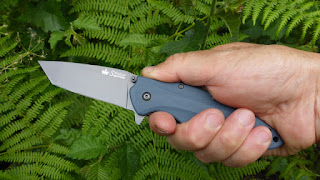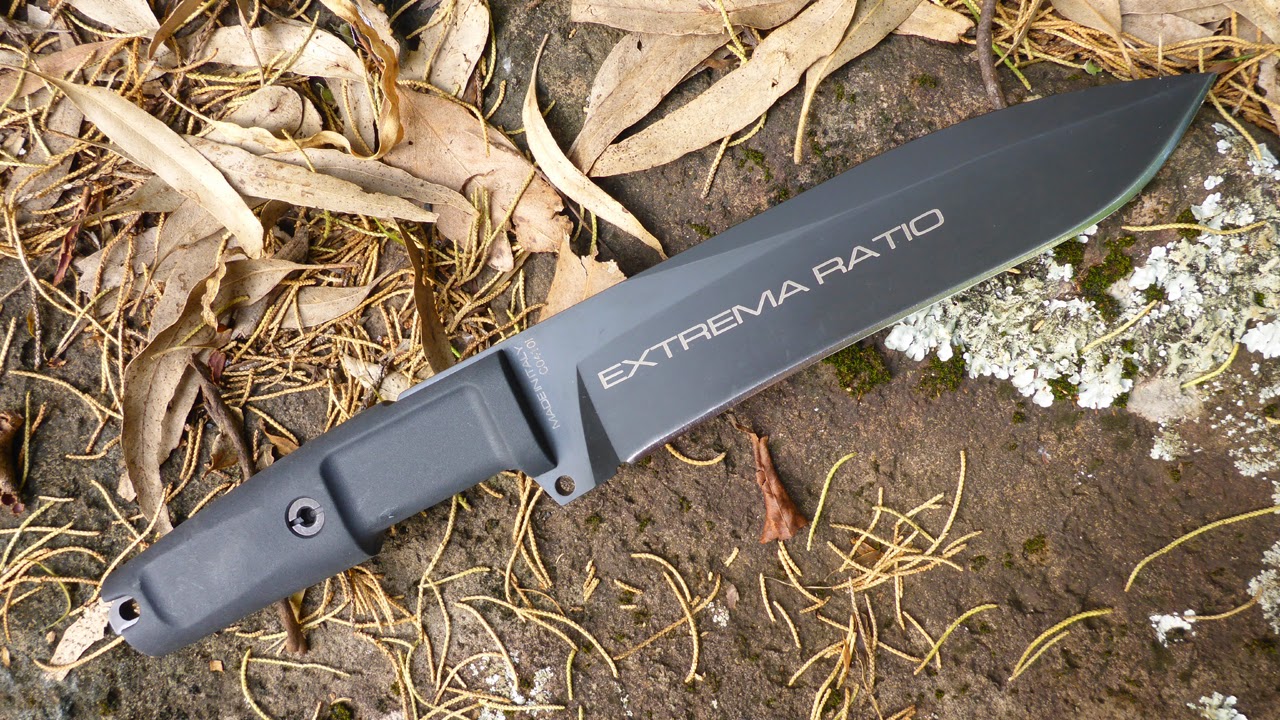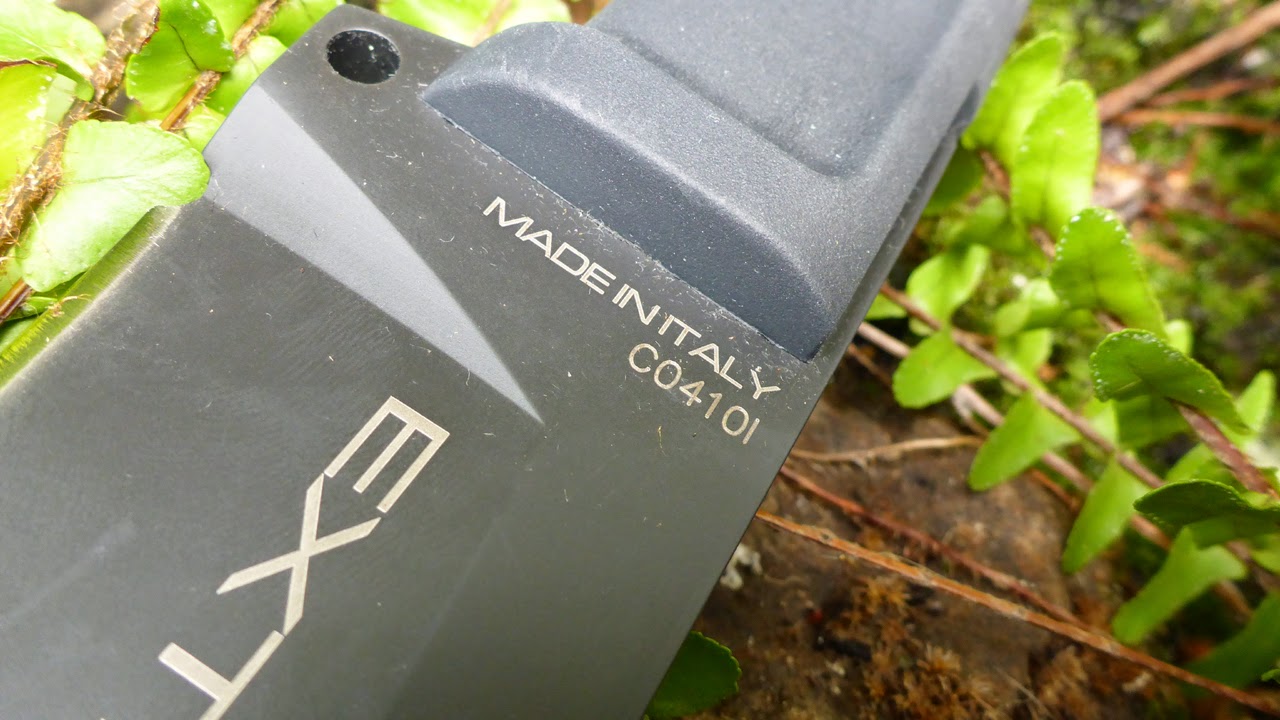 |
| Komodo Island* photo by author |
Uninhabited islands, Big knives and Fishing
The reason why you should always take a big knife and small knife with you into the wilds
Survival with a twist!
Well I've done my tour of duty on uninhabited islands, or if you like deserted islands in the tropics. Get taken near a deserted island, swim to shore as the boat can't really land. No water, bring your own, almost no trees save but one very small and half dead thing. The island is surrounded fully by a coral reef, and is too far to swim back to the mainland if you change your mind. Besides that, it's not going to be the sharks that get you but the current, which moves faster and stronger than most superhuman's can swim.
Bring your fishing gear if you want to be able to supply yourself with food because there is nothing else to eat other than fish, fish and more fish (well almost). Bring your matches, cigarette lighters and fire steels. Bring a big knife.
We didn't have a big knife but a machete/parang. Not a big one but with a blade length of about 12 inches or so. Second hand, bought from a coconut processing plant. We had a carbon fibre, almost indestructible fishing rod with proven Yozuri lures, 20lb line and plenty of it. One pair of fins and two diving masks, plus 20 litres of water. A little water for 2 days maybe, even in the event of the shit hitting the fan, like the boat not coming to pick us up. Good practice for survival skills, don't move around much in the heat.
First thing, start catching food.
Second thing, getting hooked up on the reef. Quick dive out to the snagged lure and retrieval being careful not to get sucked out into the ocean by the current and being extra careful about not getting caught by the hooks. Check what fish are really around- full of big, big fish including lots of Barracuda.
Light fire with drift wood being very careful not to waste it, to cook and preserve a giant Golden Trevally I caught.
No stones on the island to build a fire place but some small chunks of coral and some cassava plants growing, put there by fisherman incase of being stranded on the island due to rough weather. Cut down green cassava stems and use them to build a fire place to cook the fish. Dig up cassava to cook and eat.
Backup knives were Swiss army and a Leatherman. They could do all the necessary stuff we needed plus not corrode up in all the exposure to the water and salt in the air.
Big knife for chopping cassava, which if you are familiar with this plant, you will know that it is very tough indeed.
Get picked up two days later with plenty of water left and so much fish we gave it away to the owner of the boat.
Be prepared! by being prepared BEFORE you set out.
Say if that boat didn't come back? Start rationing the water and catch more food.
NO before this happened, we made sure enough people knew where we were and when to expect us back. Could we swim back to shore? Yep but it might take a long time and we would definitely not arrive where we set off from. Maybe we could take a Swiss army knife with us and dump the rest. Mainland inhabited so really no need to take the Swiss army knife.
Sharks? How about it? Well if you were so knackered from lack of water you wouldn't be able to swim back. Our game plan was to start digging in the middle of this flat coral island (you could we checked it out). At least you could get some drinkable water this way, ever so slightly salty. A big knife can help out here and no one is going to be worried about damaging the blade if need be.
Hey the really really unexpected!
PS sometimes the totally unexpected can take place: Like a small sailing boat comes to the island, two teenagers built like brick shit houses get off. At first, very friendly ( none of us could communicate by words- well almost), then I hear my name called by my friend in a very worrying tone and see that one of these guys has serious intentions towards my traveling companion-need I say more, just let your imagination run wild (Yes a girl- but no whimp). I change my tack of friendly guy, put myself between girl and visitors making known they should leave now and she's with me- (She wasn't but they didn't know this). They think better of it and leave laughing and smiling. Yes they didn't have any weapons but neither did I want to resort to using any. No I wasn't bluffing. it was serious and it came totally out of the blue.
BCT
Thanks to my traveling companion at the time
* the story is real but did not take place on Komodo island but on much much smaller uninhabited island in Indonesia.































